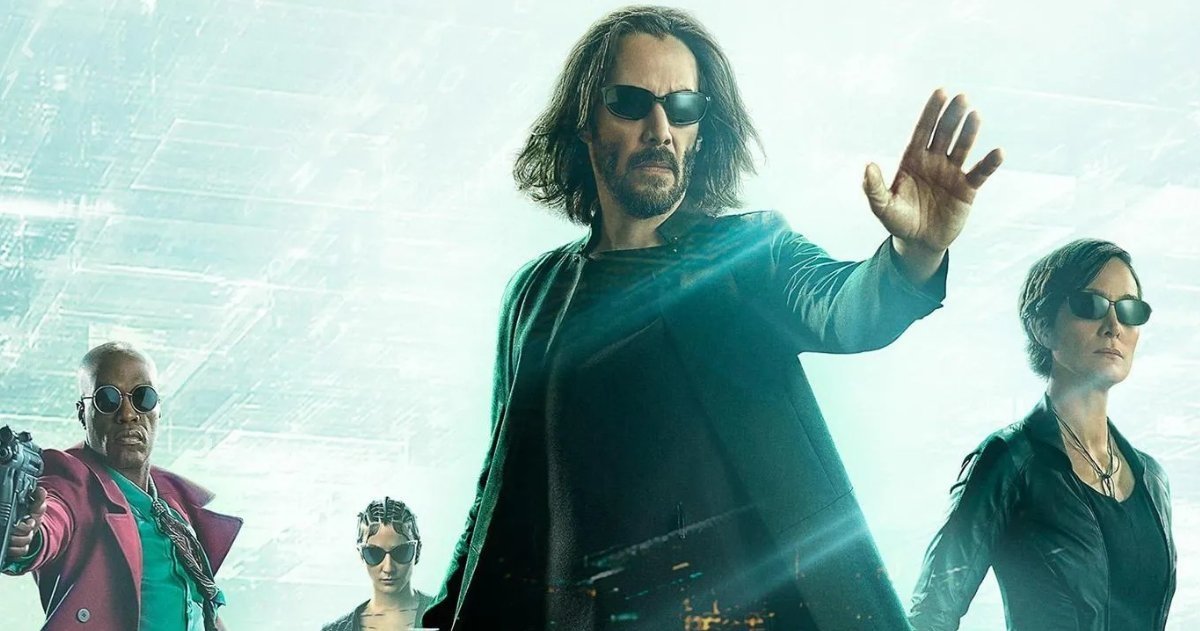
A good group of friends can get you through anything, even the most awkward phase of your life.
Disney/Pixar
In the opening sequence of Pixar’s Turning Red, we’re introduced to 13-year-old Meilin Lee (voiced by Rosalie Chiang), a confident, bubbly Chinese-Canadian girl who proudly proclaims, “This is gonna be the best year ever, and nothing’s gonna get in my way” as she struts down the sidewalk.
Of course, this couldn’t be further from the truth.
Get the CNET Culture newsletter
Explore movies, games, superheroes and more with CNET Culture. Delivered Tuesdays and Fridays.
Instead of the smooth, carefree year Meilin hopes for, she’s met with one obstacle after another, from an increasingly strained relationship with her mother to — perhaps most notably — the fact that she now suddenly bursts into a giant red panda when she’s stressed or overly excited. This puzzling transformation symbolizes the many scary and confusing changes during puberty — a topic the film addresses head-on.
“We are living in this cultural shift where [puberty] has gone from being something to be embarrassed and ashamed of to being really embraced,” screenplay writer Julia Cho said during a press junket last week. Turning Red debuts March 11 on Disney Plus.
Director Domee Shi added, “When we came up with [the puberty storyline], it didn’t feel like a big deal. It was funny, and it felt real.”
The adjectives “funny” and “real” perhaps best describe the film overall, which focuses not only on the challenges of growing up, but the importance of strong female role models. Meilin has her very caring, somewhat-overprotective mother Ming (Sandra Oh) and grandmother (Wai Ching Ho) to help her navigate life’s turning tides, in addition to a group of supportive girlfriends who love Meilin in all her nerdy — and furry panda — glory.
“I love that we show the importance of four young girls being supportive of each other, just to show good female friendships,” said Maitreyi Ramakrishnan, who plays Priya, one of Meilin’s best friends.

Meilin starts turning into a giant red panda when she’s overly excited or stressed. It’s pretty cute.
Disney/Pixar
Oh added, “Having young women and young girls in my life, and watching television and films over the years, you just realize, ‘I don’t know who sets this up, that girls are [catty].’ Because I don’t think it’s very true. I think this is an extremely good representation of deep friendships, and the highs and the lows.”
As Pixar’s first solo female director, Shi knows firsthand the importance of being surrounded by supportive women, which she says includes Turning Red producer Lindsey Collins and Cho, who wrote the film’s screenplay.
“It can feel so lonely being a person of color in this industry that I think it’s so important to find those colleagues, those allies to just help you not feel alone as you struggle and work your way through this industry,” Shi said.
The film was inspired by her own upbringing as a Chinese-Canadian “dorky, sassy, nerdy girl,” as Shi described it, “who thought she had everything under control. She was her mom’s good little girl, and then boom, puberty hit, and I was bigger. I was hairier. I was hungry all the time. I was a hormonal mess. And I was fighting with my mom, like, every other day.”
Working those personal experiences into the film helps bring it to life, as do all the details calling back to the early 2000s, when the story takes place. There’s Meilin’s Tamagotchi, and, of course, 4*Town, the coolest (and cutest) boy band there ever was.

Turning Red taps into the early 2000s boy band craze with 4*Town.
Disney/Pixar
Turning Red’s animation also adds a unique touch to the story. Shi wove anime elements into Pixar’s traditional style, creating what she called an “East-meets-West anime-Pixar-hybrid.” Whenever Meilin and her friends spot a 4*Town ad, for instance, their eyes become super dilated and sparkly, a look Shi dubbed as “Sailor Moon eyes,” after the Japanese anime series. In another scene, when Meilin is trying to hide her sketchbook from her mom, giant, exaggerated drops of sweat start leaking from her face.
The overall aesthetic is described by filmmakers as “chunky cute.” That means characters’ limbs are thicker, more simple and “less anatomical,” as character supervisor Christian Hoffman put it. The shapes on their faces are also simpler, with the animators avoiding any pronounced nose and brow bridges.
This is all meant to reflect Meilin’s point of view and how a 13-year-old sees the world, Shi says. “It’s something the audience has never seen before.”
All these elements worked together to allow filmmakers — and hopefully viewers — to reflect on the awkward moments that ultimately shaped them.
“Making this film was kind of my chance to go back to that time … and understand and excavate what was happening,” Shi said. “That was the goal for making the movie, to make it for the 13-year-old me, who was like, ‘What’s happening to me? No one’s telling me anything.’ So I think that’s so cool that it can do that, but also make you laugh as well.”
Note: This article have been indexed to our site. We do not claim legitimacy, ownership or copyright of any of the content above. To see the article at original source Click Here












